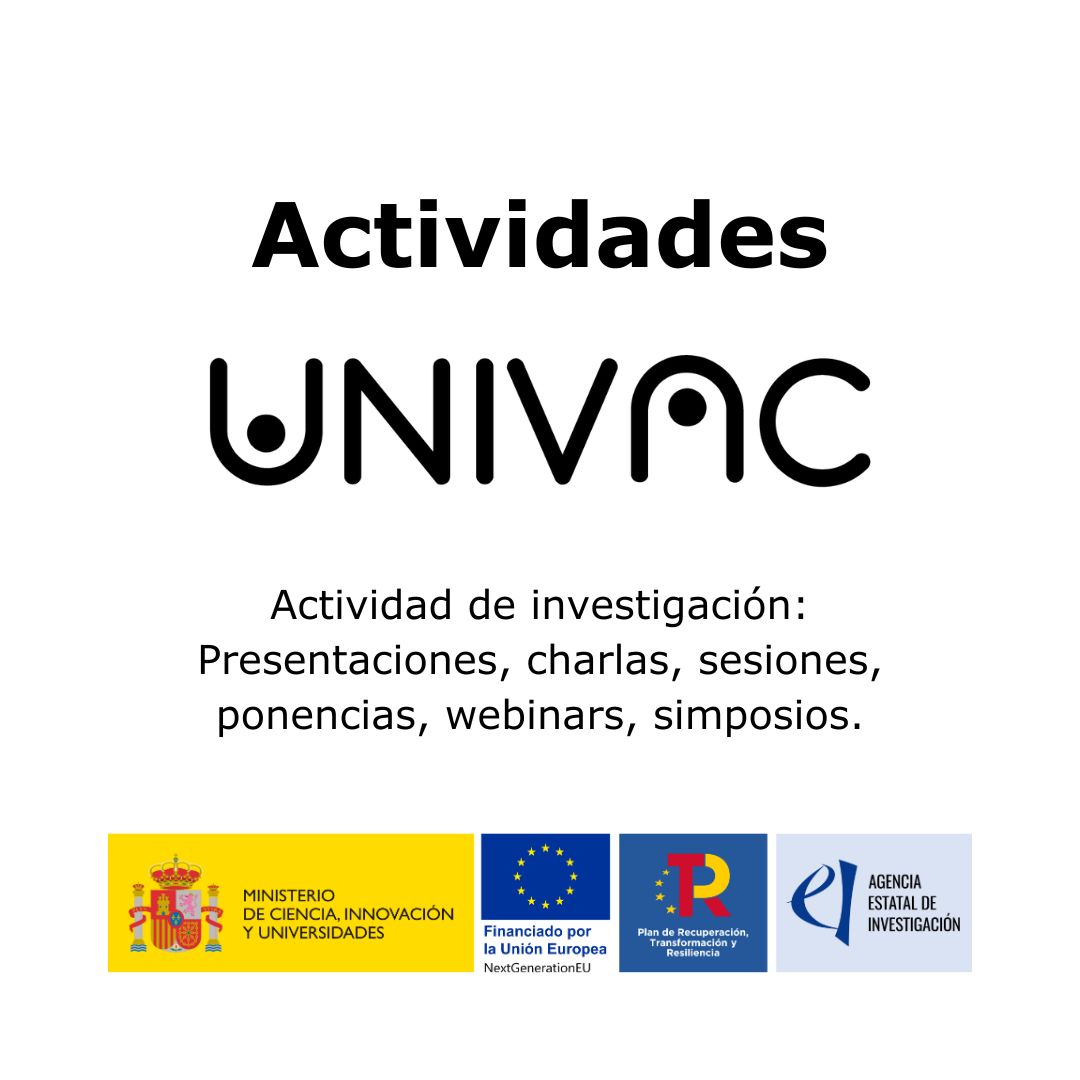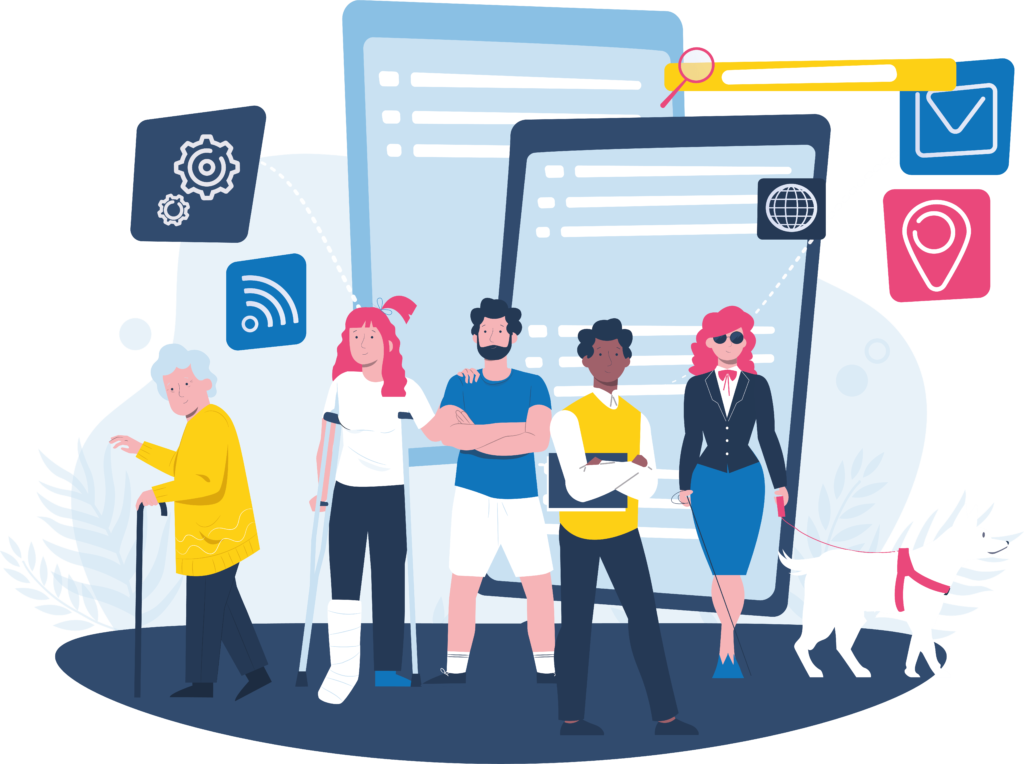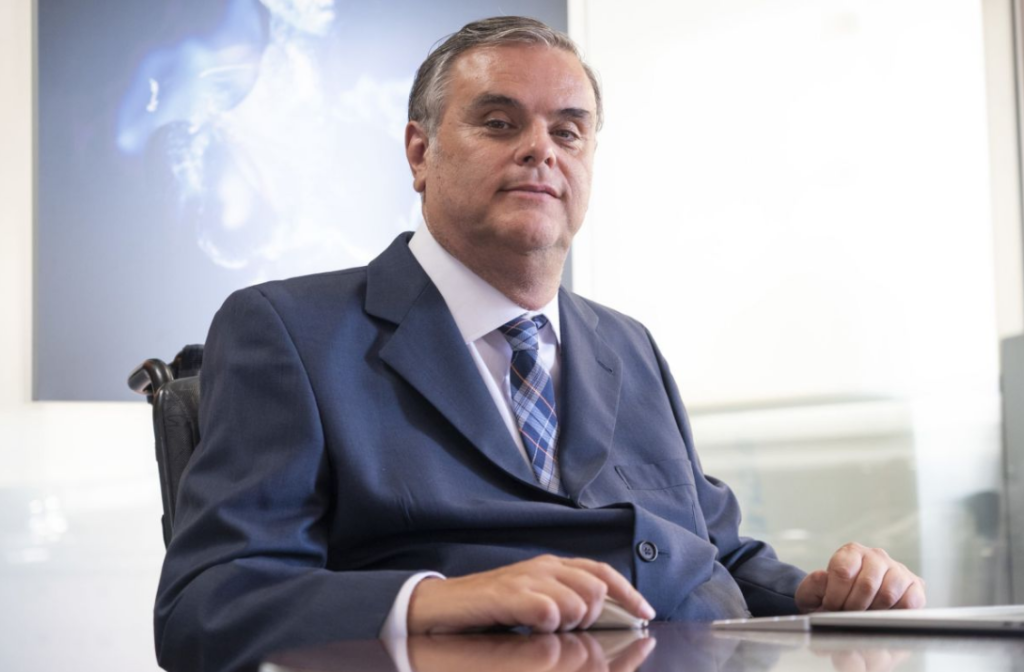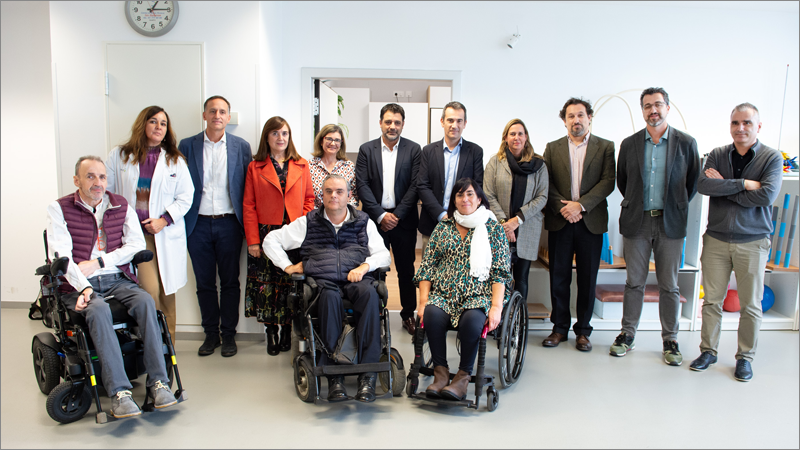
Sensory disability includes, among other conditions, deafness, hearing loss, blindness and low vision. The UNIVAC research project, led by the Pompeu Fabra University (Barcelona) and financed by the Ministry of Science and Innovation, the State Research Agency and the European Union, has the objective of analyzing the response that the Spanish university gives to the needs accessibility of people with these profiles, in order to carry out a diagnosis of the current situation and specify what measures are necessary to guarantee their access to quality university education in a context of growing digitalization.
To this end, a team made up of researchers and technicians specialized in inclusion from the Pompeu Fabra University, the University of Córdoba and the University of the Basque Country is carrying out different research activities to obtain information based on the experience of students, university staff . teacher and researcher, and administration and service personnel, with and without disabilities. These activities include focus groups, interviews, and follow-up diaries.
The research team points out that the studies carried out to date often relate accessibility to physical barriers for people with reduced mobility. However, they do not delve into the analysis of the implementation of communicative and digital accessibility services that are key for people with sensory disabilities, such as subtitling, the use of sign language, audio description, magnetic loop, transcriptions. . or audio guides, among others.
The project is based on the premise that these interventions must be carried out in the environment; “The origin of the barriers is not people with disabilities, but an inaccessible society, which is not prepared for a digital transition that takes all people into account,” says Blanca Arias (UPF), principal researcher of the project.
In this sense, they point out that the digital transition process in the university environment should incorporate the different communicative and digital accessibility services so as not to leave people with sensory disabilities behind and distance them from the university system due to lack of accessibility.
The UNIVAC project provides evidence for the development of accessibility policies, which contribute to reducing inequalities and guaranteeing quality education for all people, she concludes.
More information and publications about the project on the UNIVAC website.


 In collaboration with the ONCE Foundation, the National Hospital for Paraplegics of Toledo has launched a 40 square meter apartment completely automated. This apartment will function to train patients for daily living in housing when they leave the center, and even if they will live alone.
The technological equipment has been carried out by collaborators who have been involved in the project, among others Ugari Geriátrica, Simon, Samsung, Qvadis, Adom, Fama, Pardo and Carpintería ELIT.
The objective of this initiative has been to create a functional apartment of reduced dimensions to show that you can have an adapted home without needing many square meters.
The apartment is equipped with control systems, using both products available on the conventional market and other specific ones that allow access to different elements of the home for people with great motor limitations.
This environment provides a space for training in basic and instrumental activities of daily life, is a showcase of accessibility solutions in the home that enable the independence of people at home and creates an environment for conducting evidence-based research. related to independent living.
Regarding the technology included in this apartment, the lighting and home automation systems from Simon, the smart phone from Qvadis, and the kitchen appliances and television from Samsung stand out, which can be controlled through the company’s application.
Likewise, the apartment has countertop lifting systems and height-adjustable toilets thanks to Ugari Geriátrica, while the ceiling crane, the shower channel and the home automation systems have been provided by Adom. For its part, Fama has provided the sofa and the auxiliary tables in the living room; Pardo has given up the bed and Carpintería Elit has installed the kitchen furniture.
In the selection of each of the elements, not only functionality, but also its aesthetic component has been taken into account.
Source:
In collaboration with the ONCE Foundation, the National Hospital for Paraplegics of Toledo has launched a 40 square meter apartment completely automated. This apartment will function to train patients for daily living in housing when they leave the center, and even if they will live alone.
The technological equipment has been carried out by collaborators who have been involved in the project, among others Ugari Geriátrica, Simon, Samsung, Qvadis, Adom, Fama, Pardo and Carpintería ELIT.
The objective of this initiative has been to create a functional apartment of reduced dimensions to show that you can have an adapted home without needing many square meters.
The apartment is equipped with control systems, using both products available on the conventional market and other specific ones that allow access to different elements of the home for people with great motor limitations.
This environment provides a space for training in basic and instrumental activities of daily life, is a showcase of accessibility solutions in the home that enable the independence of people at home and creates an environment for conducting evidence-based research. related to independent living.
Regarding the technology included in this apartment, the lighting and home automation systems from Simon, the smart phone from Qvadis, and the kitchen appliances and television from Samsung stand out, which can be controlled through the company’s application.
Likewise, the apartment has countertop lifting systems and height-adjustable toilets thanks to Ugari Geriátrica, while the ceiling crane, the shower channel and the home automation systems have been provided by Adom. For its part, Fama has provided the sofa and the auxiliary tables in the living room; Pardo has given up the bed and Carpintería Elit has installed the kitchen furniture.
In the selection of each of the elements, not only functionality, but also its aesthetic component has been taken into account.
Source: 